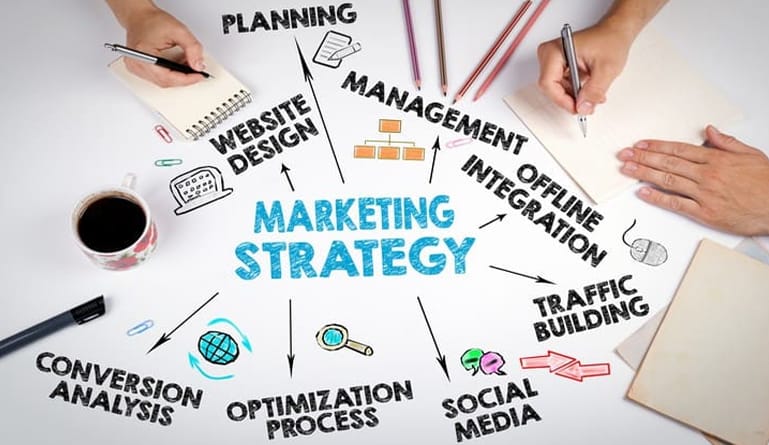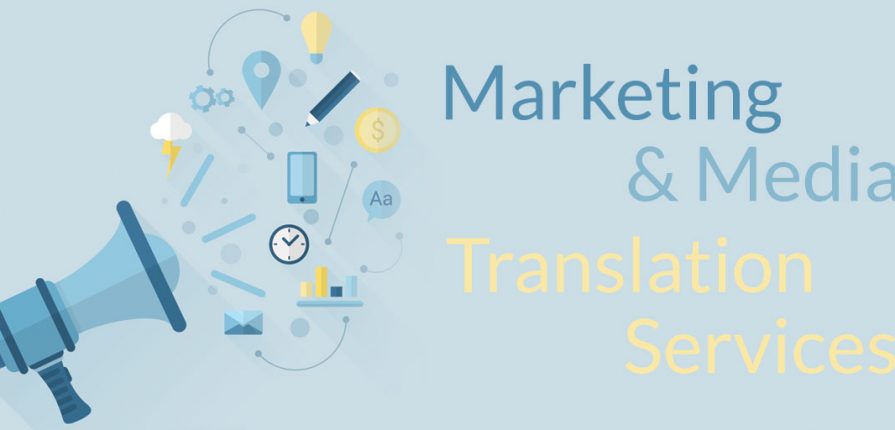Marketing translation involves the translation of text as well as delivering the right marketing message, mindful of the cultural preferences of the target audiences. The marketing translator should be a copywriter as well because one of the requirements of marketing translation is knowing how the products should be promoted. Moreover, the marketing translator should be knowledgeable about different writing styles. The process takes into account the proper adaptation of the style and language to fit local culture, which means that the translator must also know about the specific culture of the target locale.
It is vital for marketers to know what marketing translation is and how the process works. Looking ahead, you have to hire a professional translation company with extensive experience in marketing translation, to ensure that the marketing message has the same context in any language, as well as culturally appropriate for all target consumers.

Marketing Translation – Things You Should Know
Any company with brands that are sold in different countries requires marketing translation to appeal directly to different consumers who speak other languages.
The process requires the translation of all content used for marketing, from posts in social media sites to scripts for videos, descriptions of products, and advertising copy for print and broadcast materials. But this requires a more nuanced translation rather than direct translation as there are more factors to consider when doing marketing translation.
1. Marketing translation varies from direct translation
When a translator does marketing translation, the process does not only focus on the desired language. The translator has to determine how to convey the same marketing message in the languages the client requires.
The marketing content is specifically written to fit the brand, considering how it appeals to its target audience. However, when the material is to be used in other countries, the marketing content may or may not resonate in the same way as it did to its original audience.
Thus, the translator has to be careful of how the brand is going to be perceived by other consumers from different countries. Since marketing strategies see to it that the brand is seen in all possible venues by as many people as possible, it is crucial that it should not offend anyone from a different culture. For example, Barf Detergent is a popular brand in the Middle East, but in the West, the brand is not likely to take off, because for most English speakers, the term barf means to retch or throw up. However, in Farsi, barf means snow.
2. It needs to adapt to the locale’s cultural context
It is preferable that the marketing translator lives in the target country so he or she fully understands the local culture. The issue of cultural differences is at work here. Some of the words, idiomatic expressions and images are features that must be considered. It’s because there are words that do not have direct translations in other languages. More so, some expressions and photos may not be acceptable to the target culture. The marketing translation should have local appeal; thus the translator must consider the cultural implications of the marketing content.
3. Idioms are culturally dependent
Corollary to item #2, metaphors and idioms are often used in advertising and marketing copy. However, these are understood and accepted by audiences in a particular area, usually the original country where the materials are used. However, these typically do not translate well and may even be problematic when used in other countries. The same is true with humor.
This fact highlights the importance of working with a translation company that specializes in marketing translation. A professional marketing translator will consider the cultural preferences when translating the marketing content into the required languages, deviating from word-for-word translation and instead considers changing the reference depending on the target audience. The translator will still write a compelling and appealing copy in another language, which may not match the original but the message will still be the same as the original.
4. Slogans are tricky
Slogans are carefully thought out by a copywriter. They are supposed to embody the essence of the product that warrants their repetition so that the public would remember them. The problem with brand slogans is that they are difficult to use in all markets. Do you still remember one of Pepsi’s slogans – Come Alive! You’re in The Pepsi Generation? When the Chinese attempted to translate it, it came out as Pepsi brings your ancestors back from the grave. It was a mistake that cost the sales of Pepsi in China to plummet and the company’s reputation to suffer tremendously.
5. Marketing translation takes time
Rush translation will not work with marketing translation. The translator has to take time to consider the content’s ambiguities and nuances. Likewise, the writer should also study the taglines and headlines of the original copy because these are very essential to marketing, as these are the first things that readers and viewers see before they read the rest of the marketing content. Many readers only read the taglines and headlines and some would only read the main ad copy when they are intrigued by the headline.
The translator must have open communication with the client and both parties should be clear about what each one expects from the other. The client should be explicit in their requirements and the translator should consider all the details and point out the cultural differences that may have an effect on the final translation.
6. Limitations on space should be considered
Aside from cultural preferences, it is vital for the marketing translator to consider the space allowed for the translation of the content. Some languages need more space because they translate longer than English. The layout of the advertisement or the packaging might have to be altered to fit the translated text.
7. Think of using universal symbols
This one is more for the clients but it could also be a good idea for translators. Using universal symbols that are recognized worldwide means that you do not have to translate them. You are able to abide by local regulations. At the same time, you save space on package designs and ad layouts.
8. Establish tone and style
In marketing translation, the tone and style should be established at the beginning of the project. The translator must know the audience type to determine whether the approach should be formal or informal. Typically, the content is written to appeal to primary and secondary target consumers of all ages.
9. The voice and value of the brand should be maintained
The voice of the brands should be retained whichever language you are using to translate the marketing copy. The voice should be similar in whatever market the material is going to be used even if the literal meaning deviates from the original. The copy has to adapt to the local culture, so it is inevitable that there would be changes. Aside from the brand’s voice, the value of the brand should likewise reverberate in any language. The translator has to choose the appropriate words in the requested languages that will convey the same meaning.
10. Consideration for colors and imagery
Marketing materials, which include packaging and ad layouts often employ colors and images to augment the brand’s appeal. They help identify the brand. But these elements do not often work as expected in other countries, where color associations are part of the local culture. In the same manner, there are images that do not have a positive appeal among foreign consumers. For example, in Africa, many people believe that the image on the product label is what is contained inside the package. That happened to Gerber when it started selling its baby food line in Africa.
In the same manner, many cultures associate different colors with feelings, sentiments or good and bad things. The color white for example is the color of peace in the West. But for several countries in Asia, white is associated with misfortune or mourning.
These are the most salient points of marketing translation. The process needs a delicate balance between language and culture and the brand’s identity and message. Only experienced marketing translators should work on projects like this. The translator should also know if the target market is regional or global because in some locales, dialects are more accepted than the global language.
Avoid Marketing Translation Blunders – Contact Us. We Can Help You!
Marketing translation needs careful consideration, and attention to details is critical to ensure that the project is a success. It is vital to work with a professional marketing translation services company that employs native speakers who live in-country. Marketing translation requires expertise and you can be assured that VINALOCALIZE will deliver impeccably and accurately written marketing translations. You can contact us anytime, as we are open 24/7, every day of the year. Give us a call at +84 348 568 588 or send us an email at Contact us.



